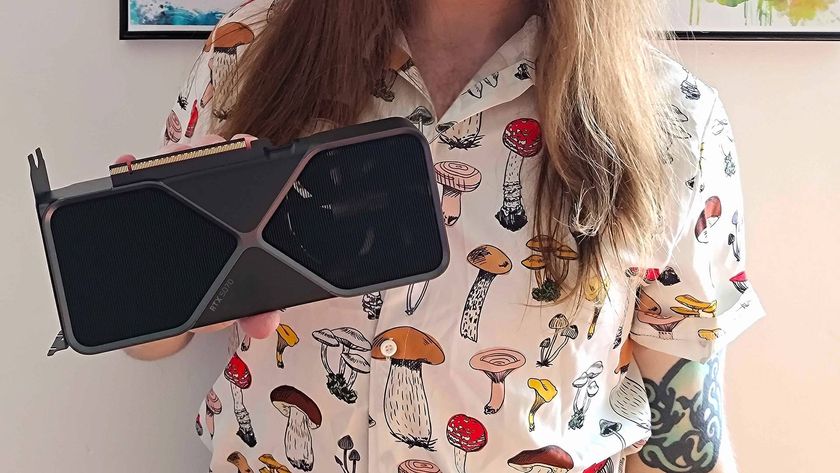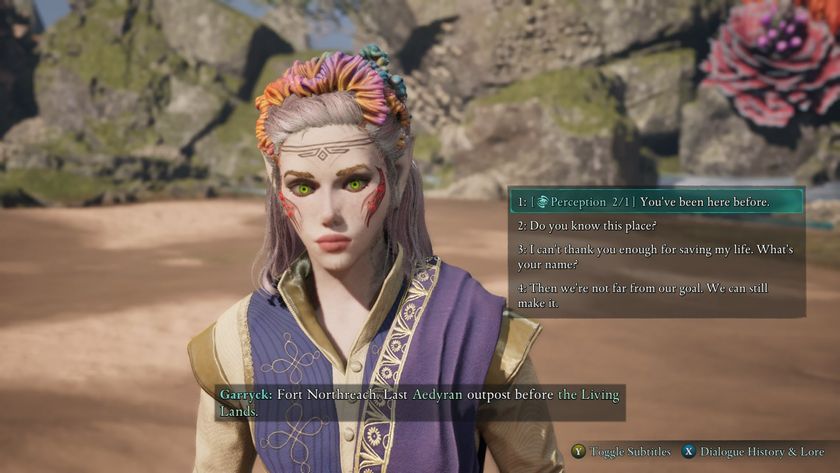
Despite first being announced back in 2014, Crackdown 3 is finally almost here, and from an interview with Joseph Staten, senior creative director for Microsoft Global Publishing, Official Xbox Magazine has discovered that the game's ambitious multiplayer has been the cause of its delay.
This sure has been a long time coming! Crackdown 3’s cloud-powered multiplayer was first shown off to the public in 2015, so why has it taken so long for us to get our hands on it?
When we first embarked down this path, the question was whether we could actually, technically do it – cloud-based destruction. We didn’t know; it was a big technological bet. What we learned pretty quickly was that it was going to take a long time. It was really only in the last year or so that the technology has stabilized, that the design team could really begin to wrap their brains around it. We’ve done prototypes and play testing but it was only in the last year that we could really focus in on specific game modes, balance, map size, agent speed, all this kind of stuff.

Technology aside, were there ever any other concerns surrounding this big initiative?
The other thing we didn’t know at the time was, well, is it going to be fun? Can we actually create fun gameplay out of these fully destructible environments? We always knew that we could make destruction look great – that it was going to always be a good spectacle – but what we didn’t know is whether we could also make it fun. Can we make destruction tactical? Does it actually create interesting opportunities for the players? The great news is, that answer is ‘Yes!’
How does revealing something as technologically ambitious as Wrecking Zone so early affect production?
Well, what it does is it makes a promise and it sets expectations... but it’s always good to light a fire under your own ass! To make a promise publicly and then have to live up to it, but I really do think this is one of those cases where we really did take that promise seriously and hopefully players agree that we made good on it.
Sign up to the 12DOVE Newsletter
Weekly digests, tales from the communities you love, and more
What was behind the decision to limit the game modes to five versus five, was it limited by technology or design?
That was a design-led decision, it wasn’t a technical constraint. Five versus five gave us a good balance, especially with map size and overall chaos. Crackdown 3 is very fast; you’re hyper agile, the world is blowing up all around you and if you are surrounded by 50 other players it just becomes much harder, I think, to feel powerful. This way, you can really stand out, take aggressive actions and be rewarded for them – you can feel like an agent. So, really, it came down to design; there’s certainly the ability to have more or less [players] but as we’ve play tested it over the years we just gelled around team-based five-versus-five action.

Microsoft is putting its Azure cloud network at the heart of its 2019 plans with the launch of project X Cloud and a number of other initiatives, has Crackdown 3 been positioned to sell the concept and power to Xbox fans, or has it just been a happy coincidence?
It’s funny, I've never really thought about it in those terms before, but I think a happy coincidence is right. Well, it wasn’t completely coincidental, we’ve been on this journey with Azure for many, many years! But I think that Crackdown 3 is a very clear example of the kind of experiences you can enable when you do harness even just a little fraction of this cloud computing technology. It was especially fun to watch you play today, because while you were playing on an Xbox One X, with the game running in 4K, there was somebody next to you playing on a base Xbox One at 1080p, but the gameplay looked the same. Like, you could have the same destructive experience playing on a Xbox One as you could on a brand new Xbox One X – that, as a designer, as a game creator, is really magical.
Given how much more powerful the Xbox One X is, as compared to the launch system, it’s kind of amazing to think that that same destructive experience is seamless regardless of what system you have at home.
That’s because all of the processing for the destruction is happening ‘behind the scenes’, in these massive Azure data farms. But that’s a wonderful thing! Often it’s the exact opposite, right? Because we are limited to what’s in the box and you’re always making these design trade-offs to make a great experience with five-year-old hardware, while also trying to create a good experience for the cutting-edge hardware as well. With Wrecking Zone, it’s fundamentally the same. There is no downgrade of that destructive experience and I think that’s where as a gamer, not Microsoft employee, I begin to understand the cloud.

Just to set the record straight, why aren’t we seeing destructible environments in the single player campaign?
Well, fictionally speaking, and just game design-wise, when we thought about it we came to the conclusion that we wanted the campaign to be about saving the people on new Providence not blowing the whole city to hell! The campaign is really about going into New Providence and helping the people who are there by taking down this criminal empire.
Anything you’d like to add?
Only that I am mentally and spiritually exhausted [laughs]. No, the only thing to say is that I know that it has taken us a while to get Crackdown 3 out of the oven but I’m really happy and proud of all of the hard work that has gone into this game. I’m glad that we’ve been able to take our time with it to really make it the best that it could possibly be.
Want more Crackdown 3 gossip? Check out these features:
This originally appeared in the January issue of Official Xbox Magazine. Want more content like this, sign yourself up for a subscription below:
Official Xbox Magazine subscriptions Get yourself 13 glorious issues of OXM right now from just £4.61 per issue at MyFavouriteMagazines.

Josh West is the Editor-in-Chief of 12DOVE. He has over 15 years experience in online and print journalism, and holds a BA (Hons) in Journalism and Feature Writing. Prior to starting his current position, Josh has served as GR+'s Features Editor and Deputy Editor of games™ magazine, and has freelanced for numerous publications including 3D Artist, Edge magazine, iCreate, Metal Hammer, Play, Retro Gamer, and SFX. Additionally, he has appeared on the BBC and ITV to provide expert comment, written for Scholastic books, edited a book for Hachette, and worked as the Assistant Producer of the Future Games Show. In his spare time, Josh likes to play bass guitar and video games. Years ago, he was in a few movies and TV shows that you've definitely seen but will never be able to spot him in.

"We got heel Cena before GTA 6": Even John Cena himself is comparing the 20-year wait for his WWE heel turn to the 12-year wait for the next Grand Theft Auto

GTA developer Rockstar opens new Australian branch by acquiring the studio that's been working on its ports for "this past decade"











